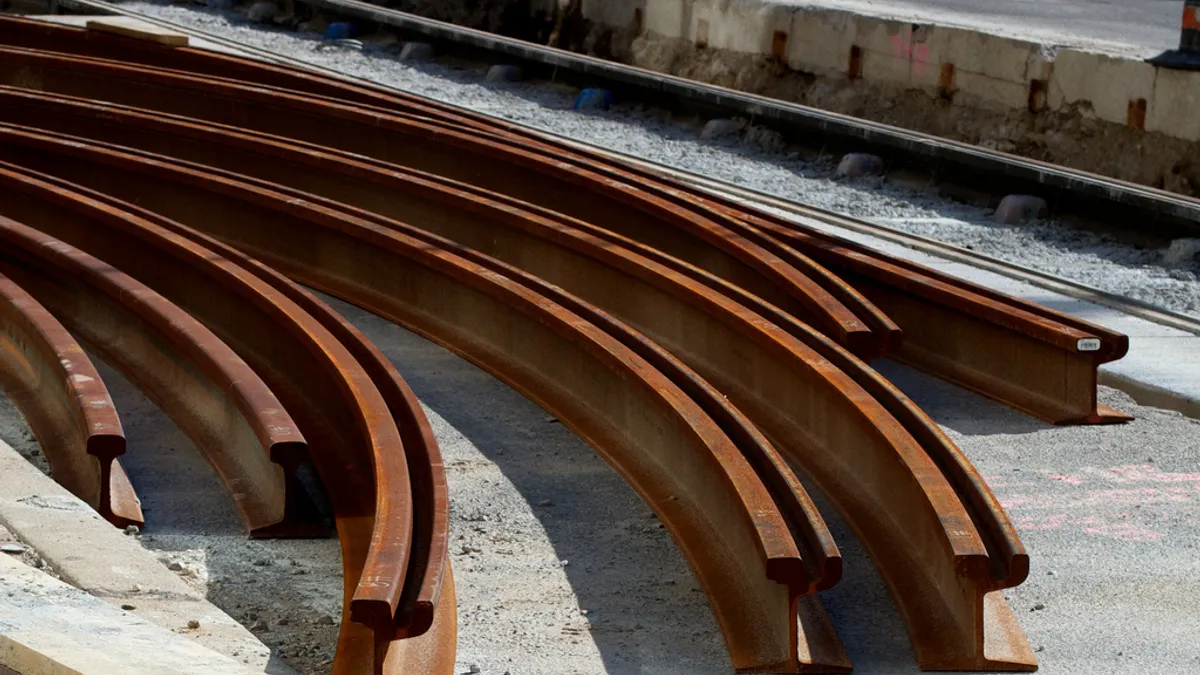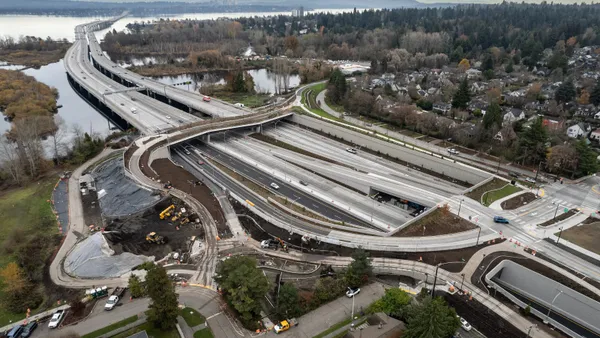Dive Brief:
- February construction spending edged up 0.1% from January to a total of $1.27 trillion in February, according to the U.S. Census Bureau. Year-over-year spending increased by 3%.
- Nonresidential spending rose 0.1% month-over-month and increased 1.3% since February 2017. Nonresidential public construction spending tumbled -2.2% from January, but showed a year-over-year increase of 1.6%. The commercial, healthcare and conservation and development segments saw the largest month-over-month decreases.
- Despite a healthy economy, construction spending is being constrained by a shortage of skilled construction craft workers and other essential industry personnel like project managers and estimators, Anirban Basu, chief economist for the Associated Builders and Contractors, noted in a release from the organization. Rising prices for materials like steel and softwood lumber have also come into play, particularly after recently implemented tariffs on aluminum and steel.
Dive Insight:
According to The Architect's Newspaper, construction companies are starting to feel the pinch from the president's tariffs on steel and aluminum, with material prices rising by up to 10% already.
Although the tariffs were reportedly instituted to protect domestic industry, the measure could have the opposite effect. The tariff on raw steel — which some domestic steel fabricators source from abroad — means some fabricators must pay higher prices for the material. Some of those fabricators, according to Engineering News Record, have already lost business to Canada and Mexico.
Rising material prices could also negatively impact states and local governments that will have to cover the lion's share of their public projects under the president's $1.5 trillion infrastructure plan. The initiative provides $200 billion for those agencies or state legislatures that can find other streams of revenue, like private investment, new taxes or tolling. Though the federal government's $200 billion share seems firm, there is still no funding plan in place. Regardless, the increased cost of construction materials will be a consequence local entities will likely be tasked with working around.
Construction industry groups like the Associated General Contractors of America have maintained that steel and aluminum are integral elements of many infrastructure projects and that the tariffs could undercut the president's entire infrastructure program with rising material prices.














